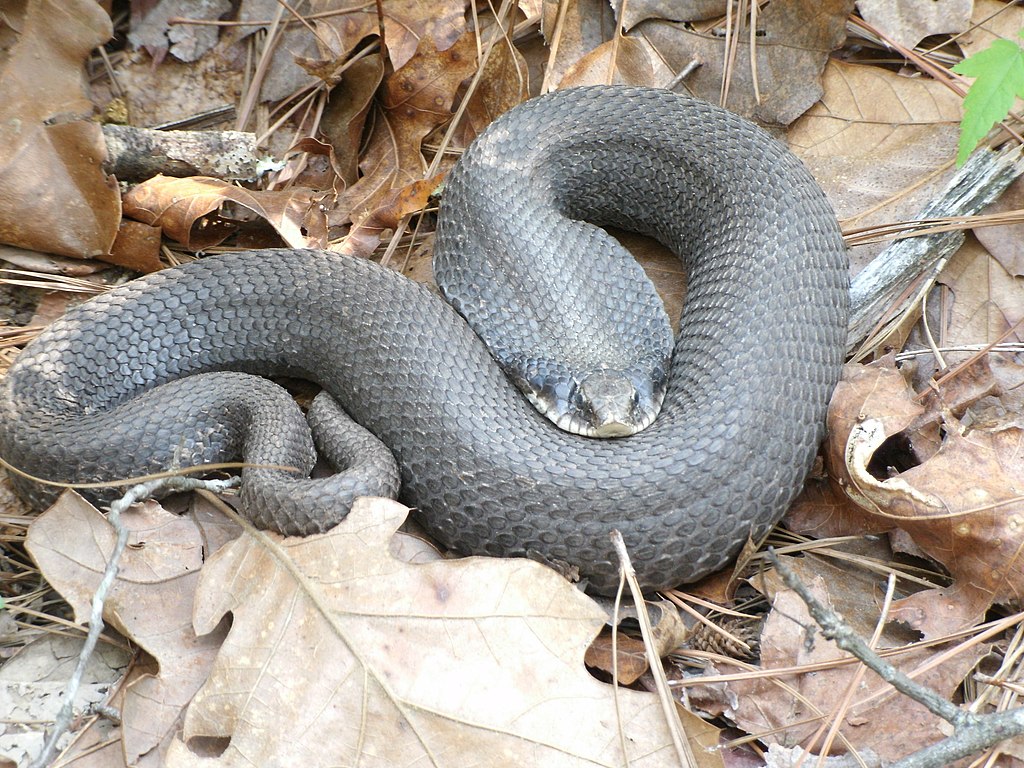In the world of reptile keeping, providing proper enrichment for pet snakes has evolved from a niche concept to an essential aspect of responsible ownership. While snakes may not require the same level of mental stimulation as dogs or cats, they still benefit tremendously from environments that allow them to express natural behaviors. Enrichment for snakes isn’t just about entertainment—it’s about creating opportunities for them to exercise their innate instincts for exploration, hunting, climbing, and hiding. A properly enriched environment contributes to better physical health, reduced stress, and overall improved quality of life for captive snakes. Let’s explore some of the best natural enrichment options that can transform your snake’s enclosure from a simple habitat into a stimulating sanctuary.
Understanding Snake Behavior in the Wild
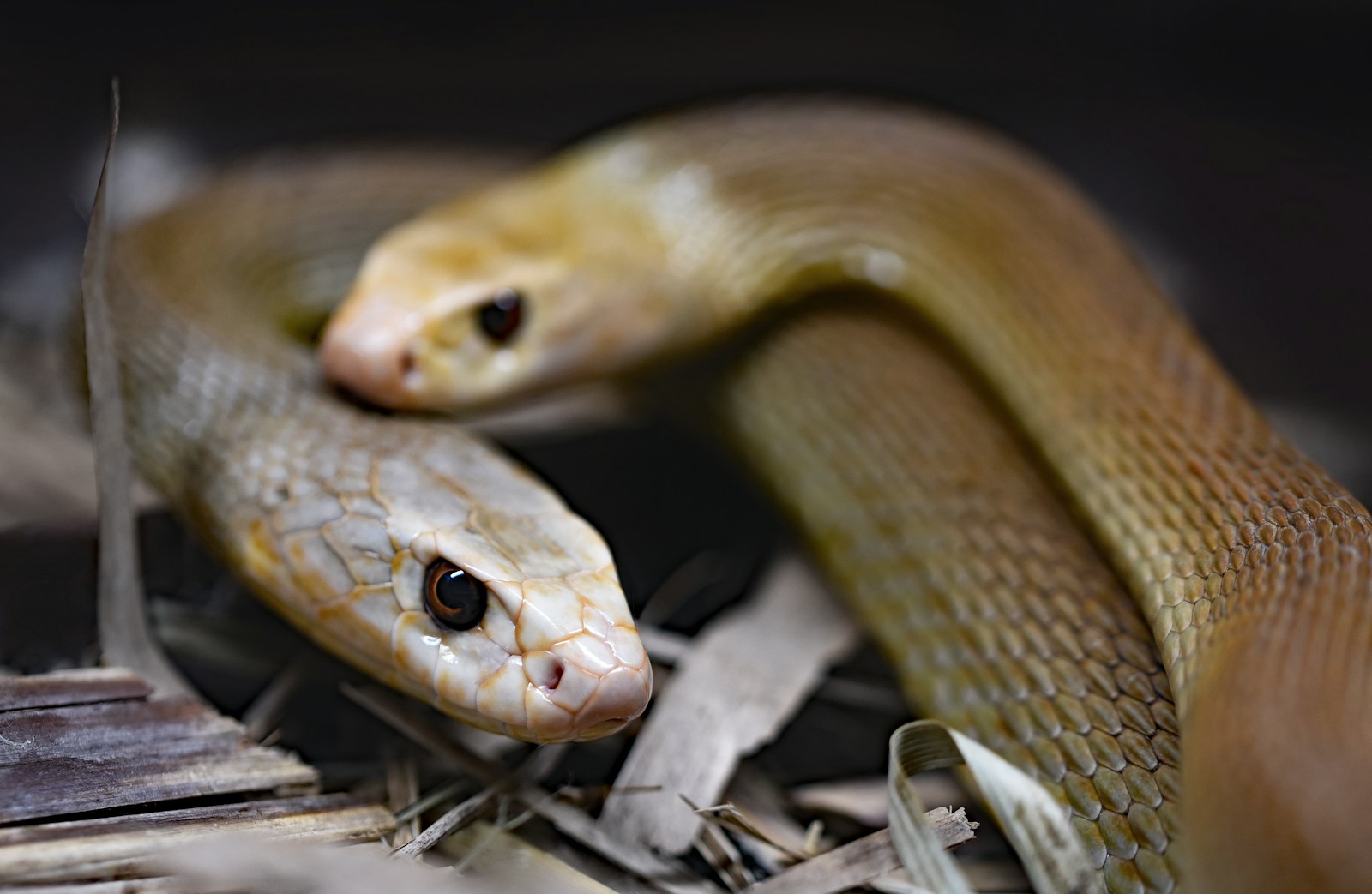
Before diving into specific enrichment ideas, it’s important to understand how snakes behave in their natural habitats. In the wild, snakes spend their days navigating complex environments, searching for prey, thermoregulating, avoiding predators, and seeking mates. Different species have evolved specialized behaviors based on their native ecosystems, whether they’re primarily terrestrial, arboreal, fossorial, or aquatic. Ball pythons might explore termite mounds in African grasslands, while corn snakes naturally climb trees and explore fallen logs in North American woodlands. Understanding your specific snake species’ natural history provides the foundation for creating meaningful enrichment that taps into their evolutionary adaptations and instincts.
Creating a Naturalistic Enclosure Base

The foundation of any enriched snake habitat starts with the right substrate choices that mirror your snake’s natural environment. For desert species, a mix of fine sand and soil can provide opportunities for burrowing, while woodland species thrive with a combination of coconut fiber, cypress mulch, or orchid bark that retains humidity and allows for digging behavior. Add varying depths of substrate throughout the enclosure to create topographical diversity, enabling your snake to choose different levels for thermoregulation and exploration. Some species particularly enjoy substrate deep enough to completely submerge themselves, satisfying natural burrowing behaviors that they would regularly perform in the wild. Remember that natural substrates also host beneficial microorganisms that can help maintain a balanced microbiome in the enclosure when properly managed.
Vertical Space Utilization for Climbing
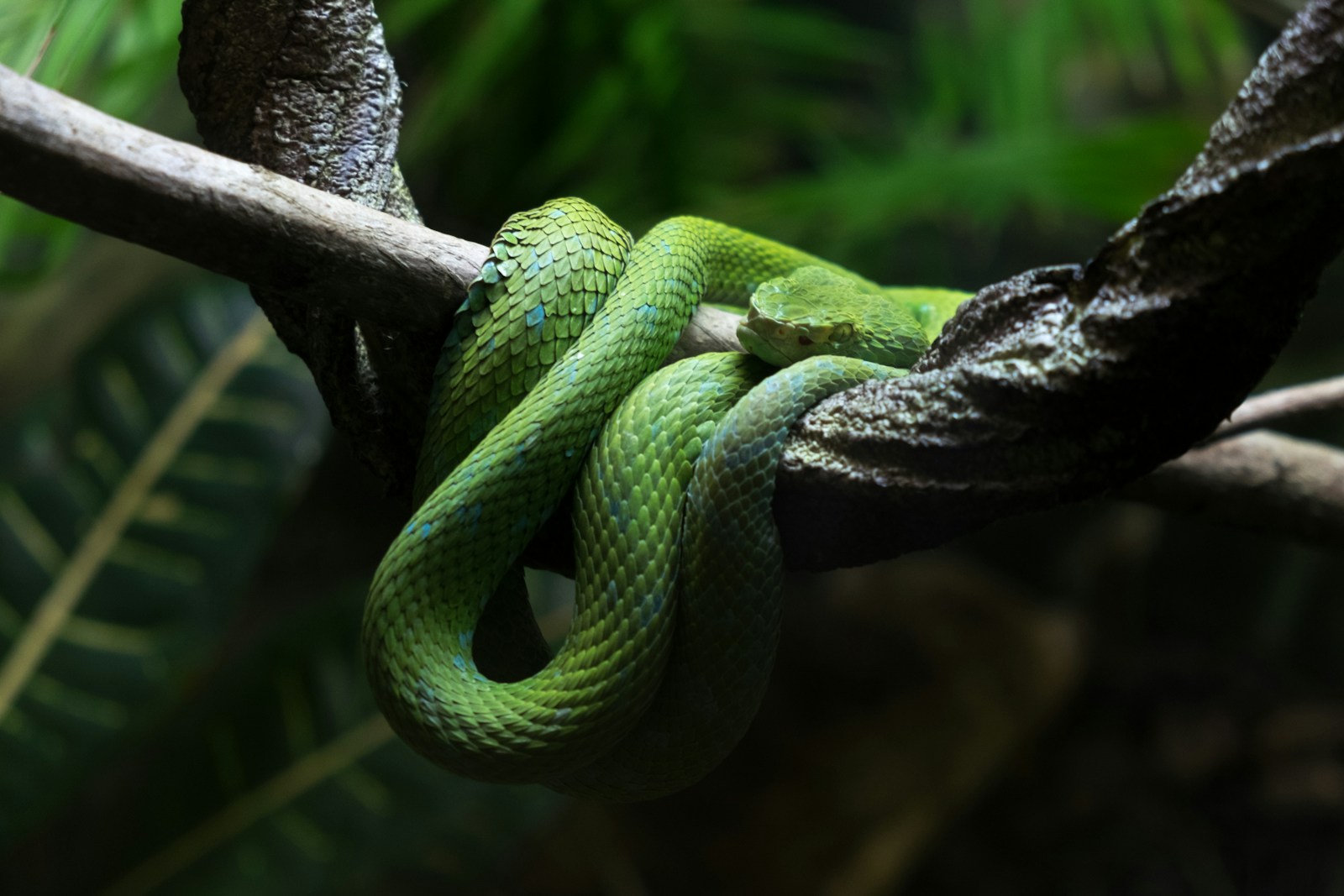
Many snake species, even those not typically classified as fully arboreal, will benefit from vertical climbing opportunities. Securely anchored branches, cork bark tubes positioned vertically, and natural wood climbing structures provide exercise and environmental complexity while allowing snakes to utilize different temperature gradients in the enclosure. For arboreal species like green tree pythons or emerald tree boas, elaborate branch networks with varying thicknesses create essential pathways through their environment. Even predominantly terrestrial species like ball pythons will occasionally climb when given the opportunity, especially during nighttime hours when they’re most active. Position climbing structures to create different height options while ensuring they’re stable enough to support your snake’s weight without risk of collapse.
Strategic Hide Placement for Security
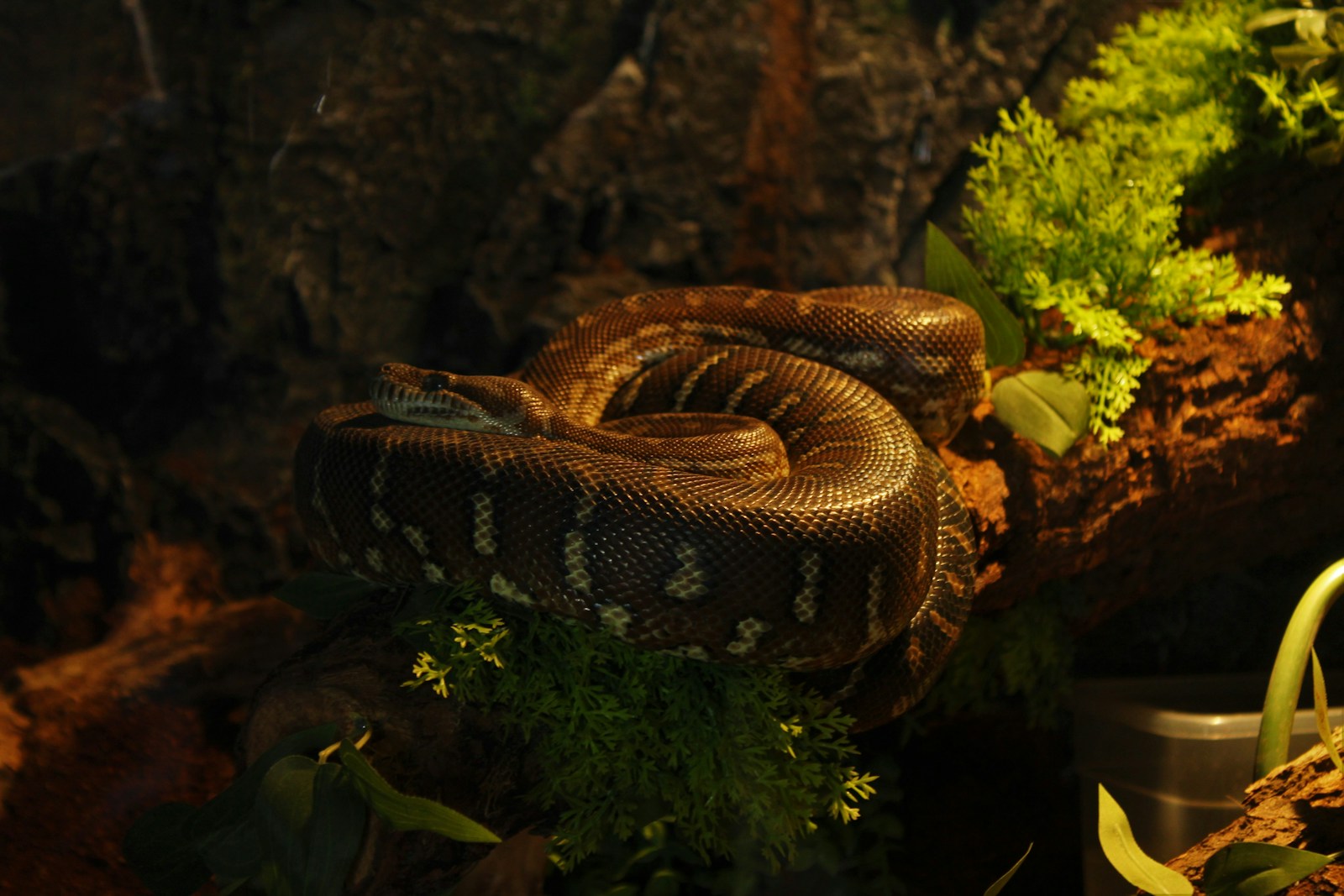
Multiple hide options positioned strategically throughout the enclosure are fundamental for snake enrichment and well-being. Place hides on both the warm and cool sides of the enclosure to allow your snake to regulate its temperature while still feeling secure. Natural hide options include half-logs, cork bark rounds, coconut shells, and carefully positioned stone arrangements. Consider variations in hide types—some snakes prefer tight, enclosed spaces that press against their bodies, while others enjoy more spacious retreats. Creating a variety of options lets your snake choose based on its current needs and preferences. Remember that appropriate hiding places reduce stress significantly, leading to better feeding responses, more natural behavior patterns, and overall improved health.
Integrating Water Features Beyond Basic Needs
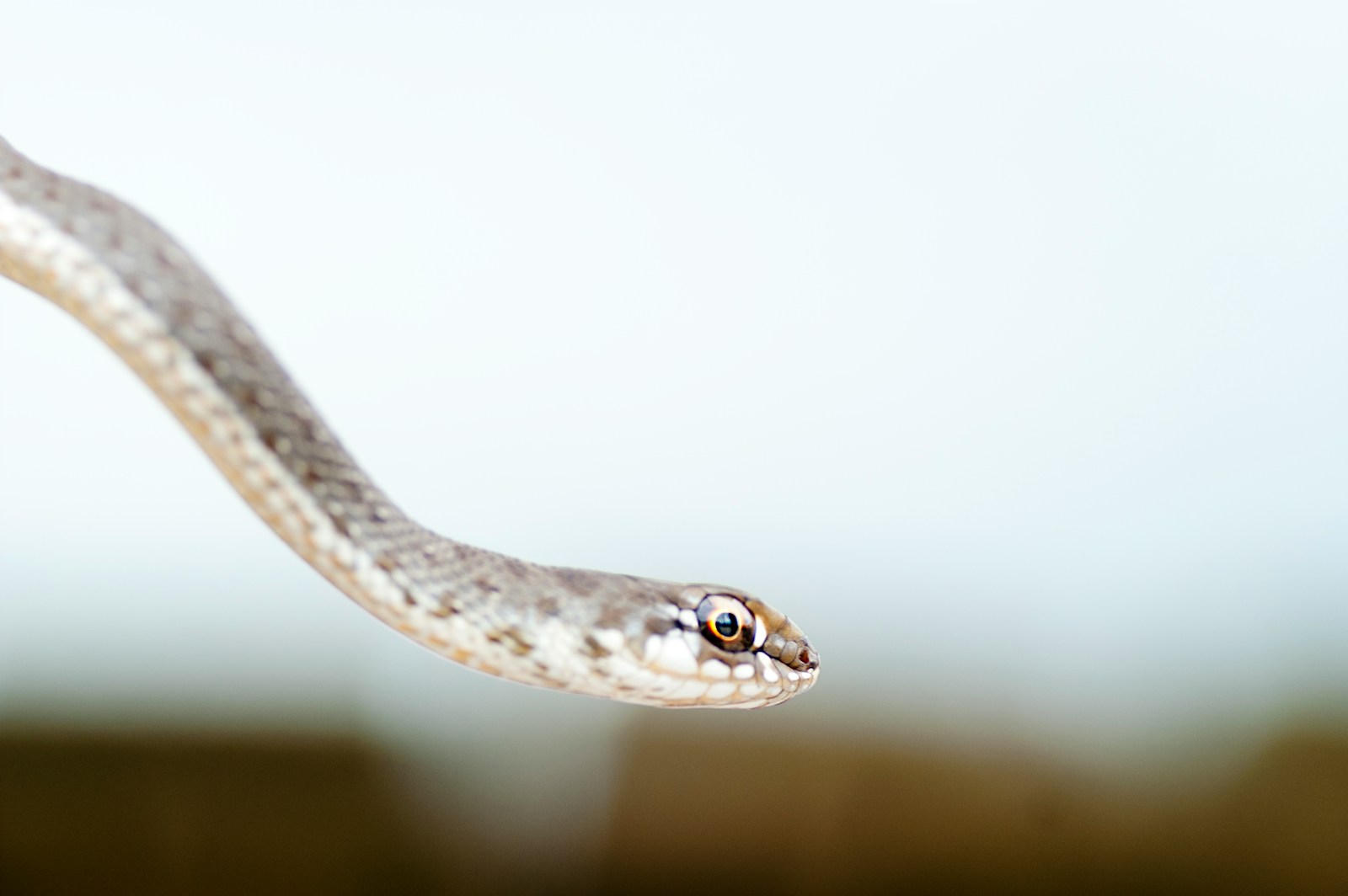
Water features can serve as both functional necessities and enrichment opportunities for many snake species. While all snakes need access to fresh water, species from humid environments often appreciate larger water dishes that allow for partial or complete soaking. Some semi-aquatic species like water snakes (Nerodia sp.) benefit from more elaborate water areas with gradual entry points and underwater hiding spots. Even for desert species, occasional access to a larger soaking dish can provide behavioral enrichment and aid in shedding. Position water features thoughtfully to prevent substrate contamination while still making them accessible, and consider how the water’s placement contributes to the enclosure’s humidity gradient.
Scent Enrichment Techniques
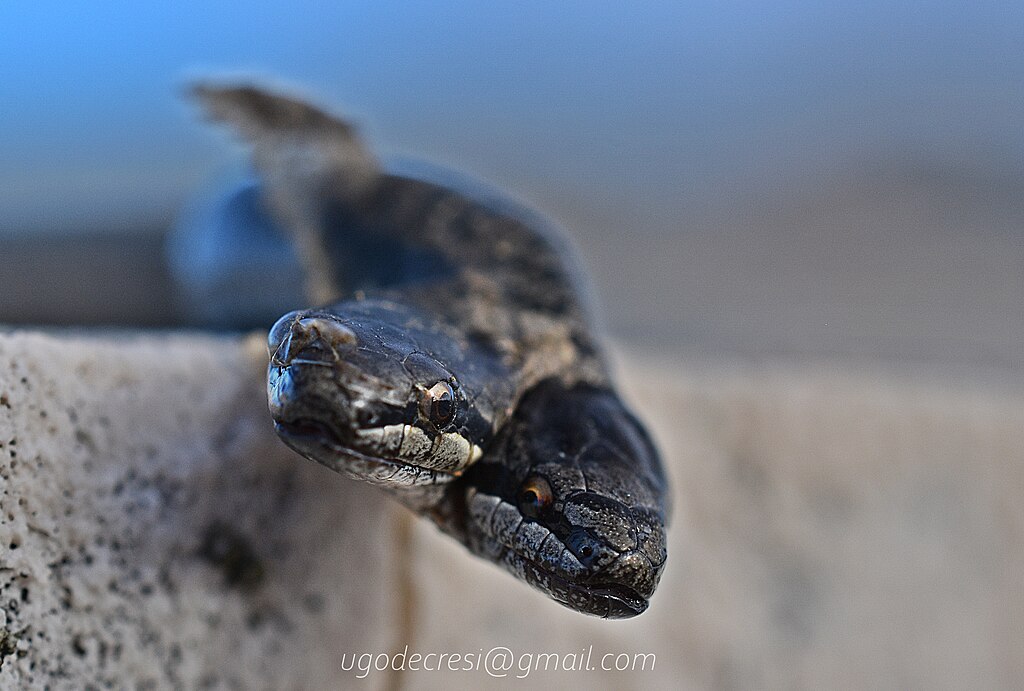
Snakes primarily navigate their world through chemical sensing, making scent enrichment particularly valuable for captive specimens. Introducing novel, safe scents into the environment can stimulate exploratory behavior and mental engagement. Consider occasionally adding small amounts of dried herbs like chamomile or thyme to the substrate, or placing substrate from another (healthy) snake’s enclosure in a small, contained area for investigation. After feeding, you can rub prey scent along specific branches or climbing structures to encourage exploration and movement throughout the enclosure. This technique is especially useful for encouraging shy snakes to utilize more of their available space. Always ensure any introduced scents are non-toxic to reptiles and used sparingly to prevent respiratory irritation.
Feeding Enrichment Methods
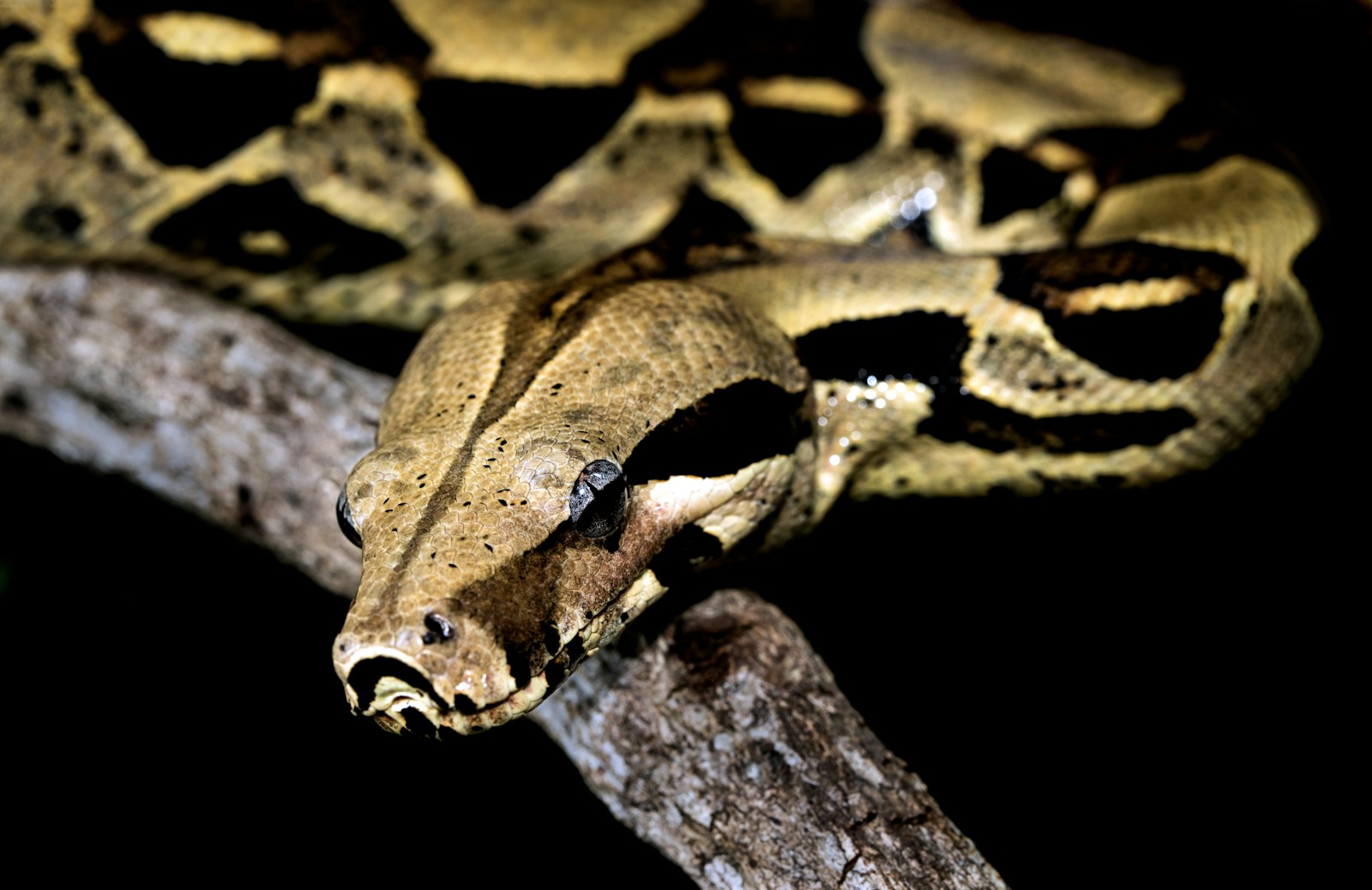
Feeding time provides excellent opportunities for behavioral enrichment beyond simply offering prey items. For appropriate species, consider occasionally hiding (thawed and properly warmed) prey items under substrate or in specialized feeding puzzles designed for reptiles to encourage hunting behaviors. Some keepers use feeding tongs to mimic prey movement, stimulating the snake’s natural strike response and providing exercise during the feeding process. For larger species that can safely consume multiple smaller prey items instead of one large item, spacing these feedings throughout the enclosure can encourage movement and exploration. Always supervise enriched feeding sessions closely and be prepared to assist if your snake appears frustrated or if there’s any risk of substrate ingestion.
Natural Light Cycles and UVB Benefits
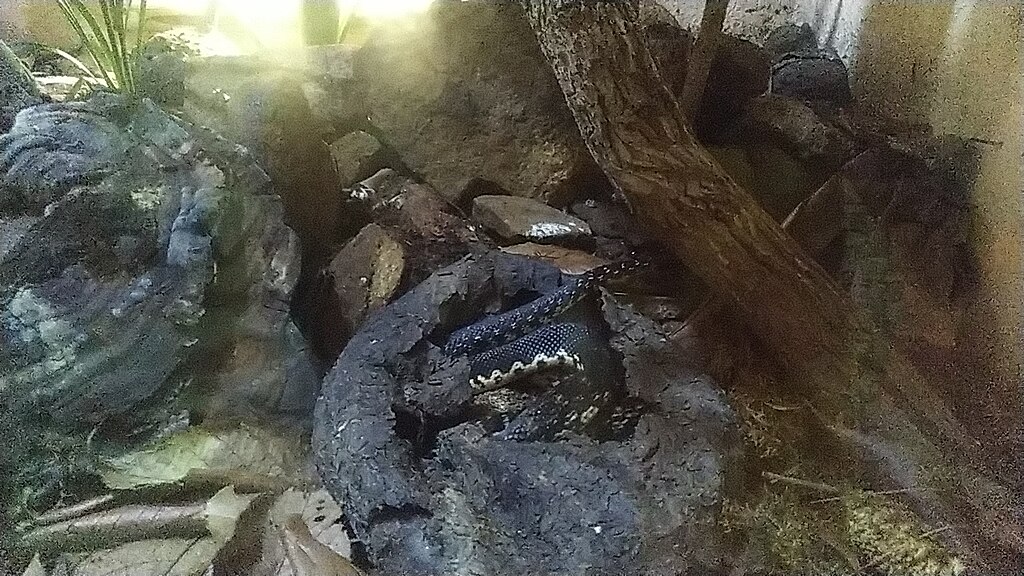
Implementing natural light cycles represents an often overlooked aspect of snake enrichment that can significantly impact behavior and health. While traditional husbandry advice has sometimes minimized the importance of UVB for snakes, emerging research suggests many species do benefit from appropriate UVB exposure, which can stimulate more natural activity patterns and vitamin D3 synthesis. Create a consistent photoperiod that mimics your snake’s natural habitat, including seasonal variations if appropriate for breeding preparation. Use timers to ensure consistent day/night cycles, and consider the gradual introduction of dawn/dusk periods using dimmable lighting systems. This attention to natural light patterns helps regulate your snake’s circadian rhythms, potentially improving feeding responses and overall activity levels.
Temperature Gradient Complexity
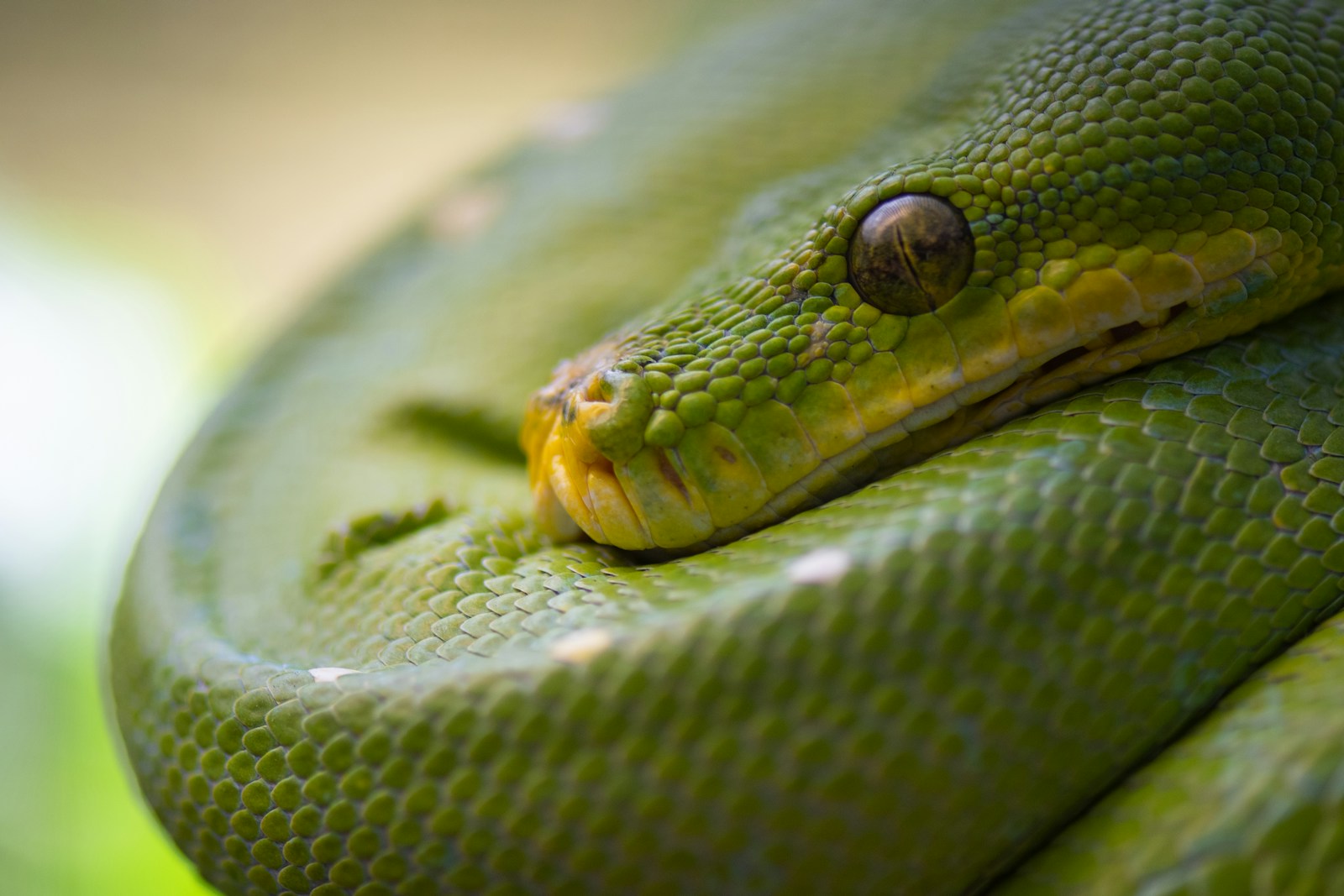
Beyond the basic warm side/cool side temperature gradient, creating microclimate diversity throughout the enclosure provides enrichment by allowing your snake to thermoregulate with precision. Incorporate varying substrate depths, elevated basking opportunities, and partial overhead heating to create multiple temperature zones within the enclosure. Some species appreciate warm spots created by under-tank heating combined with overhead heating elements that warm surfaces at different levels. This diversity allows snakes to find their preferred temperature with more precision than a simple two-zone system. For species from environments with temperature fluctuations, consider programmable thermostats that create slight temperature variations throughout the day and night to better mimic natural conditions.
Seasonal Environmental Changes
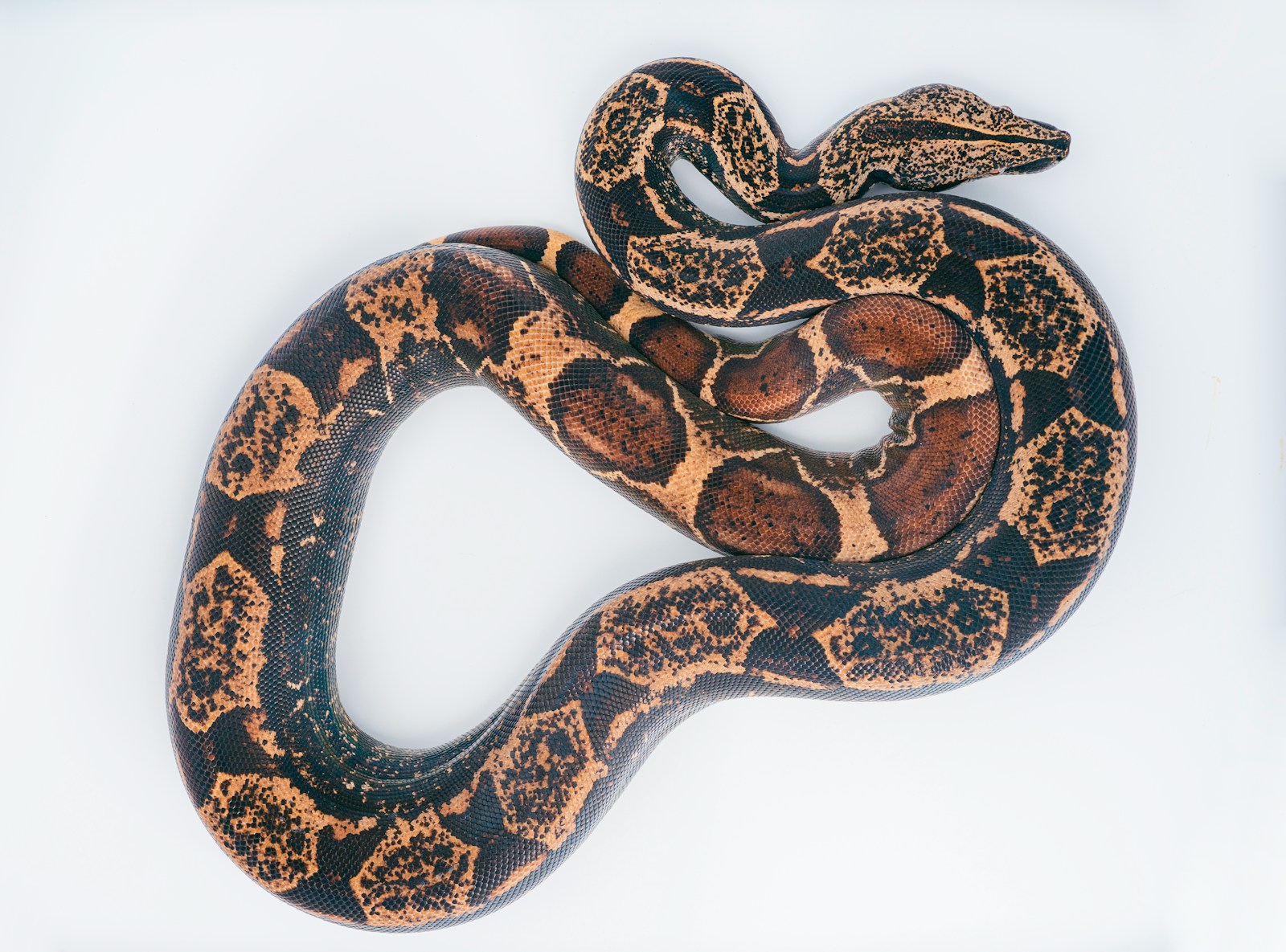
Introducing subtle seasonal variations in your snake’s environment can trigger natural behavioral responses and provide significant enrichment. Many temperate species naturally experience brumation periods in winter months, while tropical species may respond to wet and dry seasonal shifts. These changes can include gradual temperature adjustments, photoperiod modifications, and humidity fluctuations that mirror their natural habitat’s seasonal patterns. For breeding specimens, these seasonal cues often help regulate reproductive cycles and overall health. Even if you don’t plan to breed your snake, mimicking natural seasonal variations can encourage more robust feeding responses and activity levels that follow their evolutionary programming.
Interactive Plant Selection for Bioactive Setups

For keepers interested in bioactive enclosures, selecting appropriate live plants creates not just aesthetic beauty but also functional enrichment. Snake-safe plant options like pothos, spider plants, bromeliads, and certain ferns provide climbing opportunities, visual barriers, and humidity control while contributing to a self-sustaining ecosystem. Plants create natural barriers and visual breaks in the enclosure, making the space feel larger and more complex from the snake’s perspective. Some snakes will actively use plants for concealment during exploration, rubbing against leaves and stems as natural forms of shedding assistance. When choosing plants, consider not just their safety but also their durability and growth habits in relation to your specific snake species’ size and behaviors.
Rotation and Novelty to Prevent Habituation
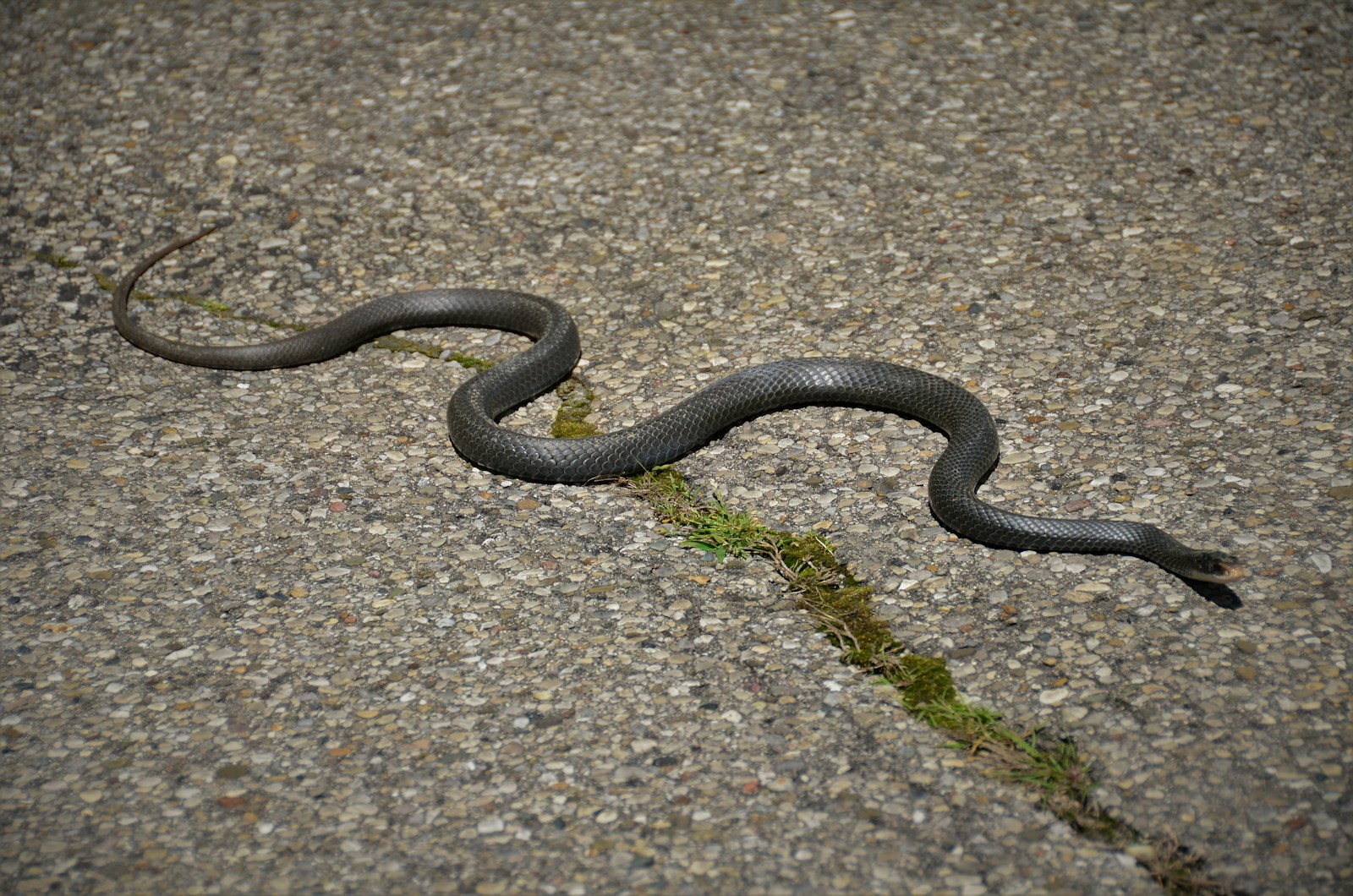
Even the most naturalistic enclosure can become predictable over time, making periodic changes an important aspect of ongoing enrichment. Consider implementing a rotation system for certain elements like climbing branches, hides, or substrate features every few months to provide novel stimulation. Some keepers maintain a collection of enrichment items that can be safely sanitized and rotated into the enclosure to prevent habituation. These changes should be introduced gradually and with sensitivity to your individual snake’s temperament—some specimens may initially show stress with dramatic changes, while others eagerly explore new elements. Observing your snake’s behavior after introducing changes provides valuable insight into their preferences and comfort with novelty.
Monitoring Enrichment Effectiveness

Successful enrichment requires ongoing observation and assessment to determine what works best for your individual snake. Keep a journal documenting your snake’s behavior patterns, noting which enrichment elements they use most frequently and how they interact with different features. Look for positive indicators like increased exploration, improved feeding response, regular shedding, and the use of multiple areas within the enclosure. Conversely, watch for signs that certain enrichment may be causing stress, such as excessive hiding, defensive posturing, or refusal to eat. Remember that each snake is an individual with unique preferences—what works wonderfully for one snake may be ignored by another, even of the same species. The most effective enrichment strategy is one that evolves based on your specific snake’s responses and preferences.
In conclusion, natural enrichment for pet snakes is about creating opportunities for them to express their evolutionary behaviors in captivity. By understanding your specific snake’s natural history and individual preferences, you can transform a basic enclosure into a stimulating environment that promotes physical health and natural behaviors. The best enrichment approaches combine multiple elements—from substrate diversity and climbing structures to scent experiences and feeding challenges—tailored to your snake’s species requirements and individual personality. While implementing these ideas may require additional effort beyond basic care, the rewards are substantial: a more active, engaged snake displaying a fuller range of natural behaviors and, ultimately, living a healthier life in captivity.

